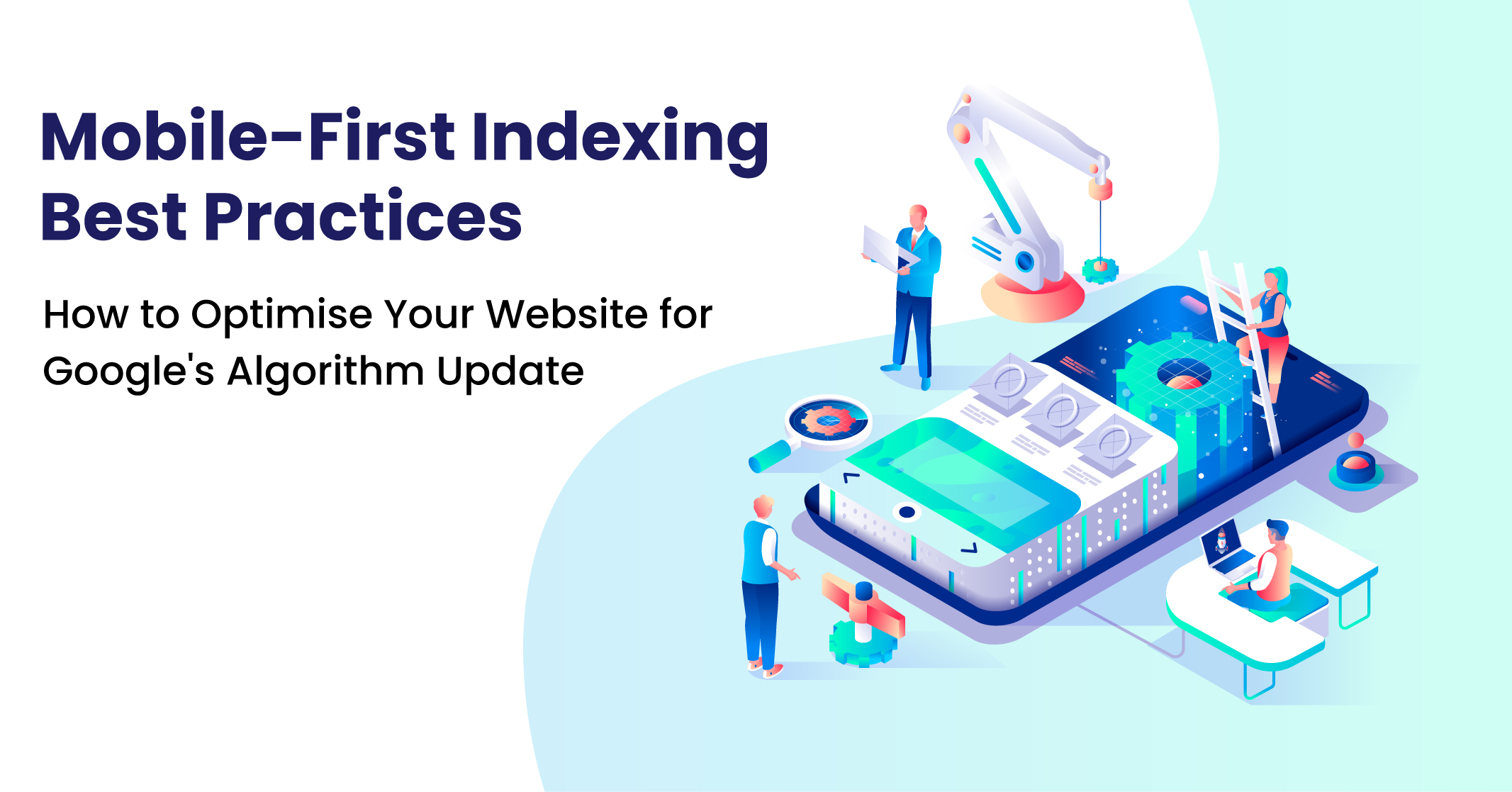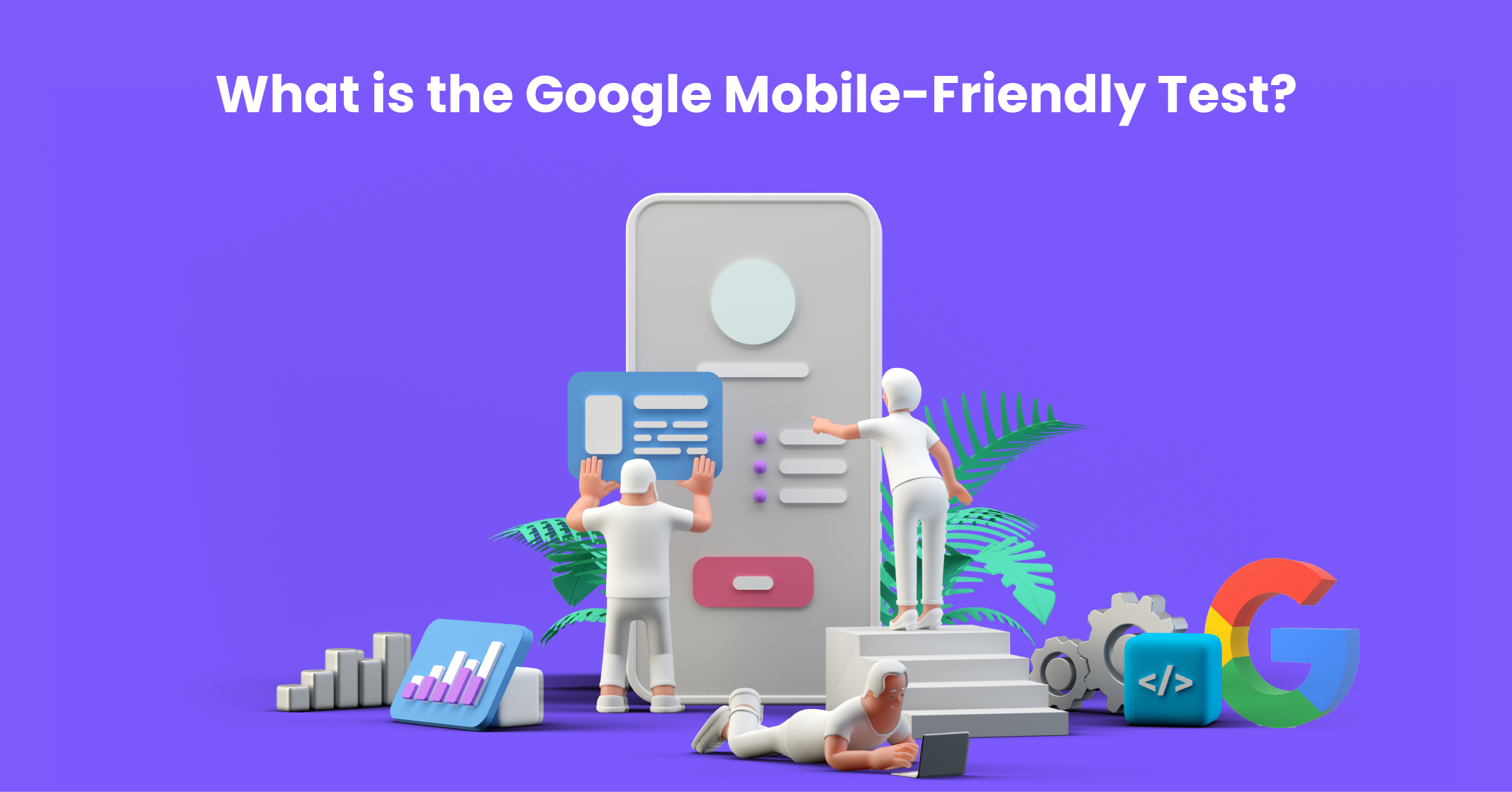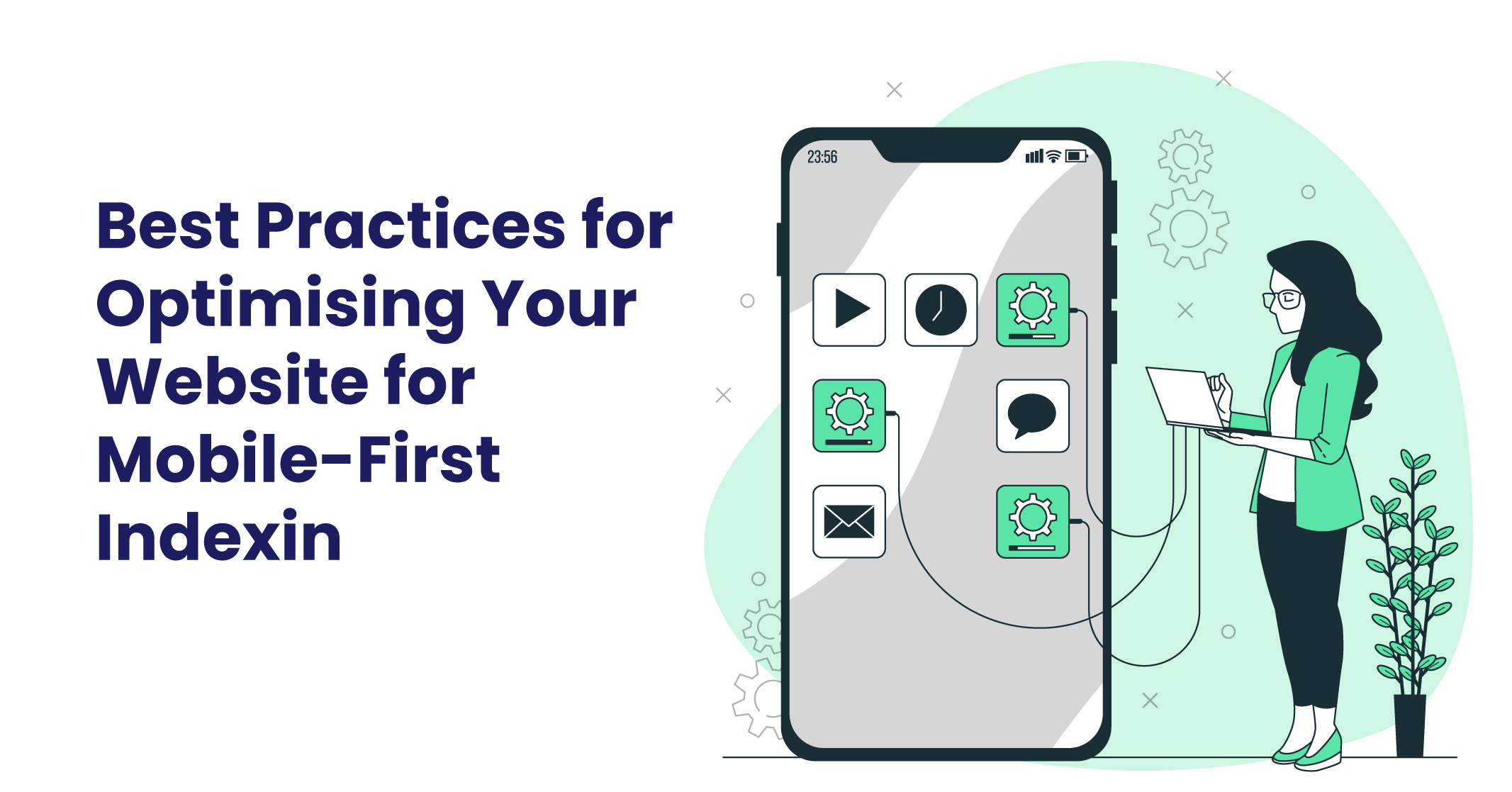I hope you enjoy reading this blog post.
If you want to get more traffic, Contact Us

Click Here - Free 30-Minute Strategy Session
Be quick! FREE spots are almost gone for this Month. Free Quote

Did you know Mobile-First Indexing is a method used by search engines like Google to rank websites based on their mobile version content and user experience? It means that the search engine prioritises the mobile version of a website’s content over the desktop version when determining its ranking in search results.
While Google has been crawling many sites with a smartphone Googlebot for a while now, it’s now crucial for every SEO and digital marketer to pay close attention to this.

Click Here – Free 30-Minute Strategy Session
Be quick! FREE spots are almost gone for this Month
Why Is Mobile Friendly Test Important?
A mobile friendly test is important because mobile devices are increasingly becoming the primary means for people to access the internet. Mobile devices now account for more than 50% of global internet traffic. As a result, search engines need to ensure that their search results are relevant and useful for mobile users. When you choose mobile-first indexing, search engines can better understand and rank your business website based on how it performs on mobile devices. This way you can make sure that your website is fully optimised and has a higher chance of gaining online visibility.
Mobile-first indexing refers to the prioritisation of a website’s mobile version over its desktop version by search engines like Google. With 63% of US search traffic originating from mobile devices in 2019, websites need to prioritise their mobile versions. Despite sounding complicated, mobile-first indexing is relatively easy to understand.
In the past, Googlebot primarily used a website’s desktop version to determine a page’s relevance to a search query. However, this has now shifted to prioritising mobile variants. While this won’t cause any issues for businesses with responsive versions of their desktop site for mobile users, those with different desktop and mobile versions must consider certain factors.
Mobile first indexing allows Google to use content from a website’s mobile site when ranking its pages on the SERPs. Businesses without mobile-friendly websites can expect a negative impact on their search rankings across both mobile and desktop searches. On the other hand, a well-designed mobile-friendly website can drive a noticeable increase in organic visibility.

The Google Mobile-Friendly Test is a tool that allows you to check whether your website is mobile-friendly. To use the tool, simply enter your website’s URL and click on the “Test URL” button. The tool will then analyse your website and provide you with a report that shows whether your website is mobile-friendly or not.
There are several mobile-first index checker tools that you can use to check whether your website is optimised for mobile-first indexing. Some of the most popular tools include:
These tools will analyse your website and provide you with a report that shows how well your website is optimised for mobile-first indexing.
All SEOs must have a thorough understanding of mobile-first indexing. Once you grasp a few essential details and their potential impact on your site’s organic visibility, adapting your processes to prioritise mobile is relatively straightforward.
To help you identify and fix any existing issues, here are nine crucial things you need to know about mobile-first indexing.
Check:If you have already been moved to mobile-first, you have probably received a notification on Google Search Console. But if you missed it or want to confirm mobile-first indexing, there’s an easy way to check.
What To Do?
Access the Search Console and conduct a URL inspection for one of your site’s pages by entering it into the text box at the top of your screen. Once the results show, you will see the “coverage” results for your entered URL.
If it has crawled as a “Googlebot smartphone,” it means Google is crawling your site through a mobile-first approach. This provides a quick and easy way to check how Google is crawling your site.
Think: It’s important to note that once your website has been switched to mobile-first indexing, you can’t opt out. Additionally, manual opt-in is not possible. This emphasises the significance of designing and developing your site with a mobile-first approach in mind. Google has stated that websites with a responsive or dynamic serving site where the primary content and markup are equivalent across mobile, and desktop should not need to make any changes.
What To Do?
Discuss mobile-first indexing with your developers and designers and ensure that they comprehend how it impacts their work processes. Don’t hesitate to challenge changes that may result in the mobile version of your site.
Maintain: When it comes to following mobile first best practices, you must know that Google only maintains one separate index not two. There is only one index that Google uses, and mobile-first indexing pertains to how the Googlebot crawls and indexes your website, rather than the actual index of web pages that Google holds. If your website has content that is equivalent across both the mobile and desktop versions, you are unlikely to experience any significant impact from the switch to mobile-first indexing.
What To Do?
If you have a separate mobile site, its URLs will appear to users on the search engine results pages (SERPs). Nonetheless, there is only one index that Google maintains.
Test: You can easily and quickly assess your website’s mobile-friendliness by using Google’s mobile-friendly test tool. Enter the URL and you’ll be able to detect mobile-usability problems.
What To Do?
Note that mobile-usability and mobile-first indexing are not the same things but understanding how Google crawls your mobile versions can help you identify potential issues. The tool will generate a report showing whether your page passes the mobile-friendly test or not.
Improve: Providing a consistent experience across mobile and desktop devices is essential for mobile-first indexing. Although designers and developers often focus on mobile user experience, this can result in hiding desktop elements when viewed on mobile devices, causing issues with mobile-first indexing.
What To Do?
It is essential to educate all stakeholders and work towards displaying content in a user-friendly way for mobile users, rather than hiding or removing it. Structured data, metadata, meta robot tags, ad placement, images and videos should be consistent across mobile and desktop devices to avoid problems that may arise from mobile-first indexing.
Follow: Google provides mobile first best practices to assist webmasters and SEOs in understanding mobile-first indexing, which is typically shrouded in secrecy. The search engine has published a guide on Mobile-first indexing best practices to help ensure that users have the best experience possible.
This guide is a useful point of reference for marketers who want to understand mobile-first indexing. It covers best practices for:
What To Do?
Take the time to read this guide and refer to it when encountering issues with your mobile site or transitioning to mobile-first indexing.
Differentiate: It is crucial to differentiate between mobile-first indexing and mobile usability, as they are not the same. Just because a website has mobile-usability issues does not mean it has not been moved to mobile-first indexing. According to Google’s John Mueller, even if a site is not usable from a mobile perspective, it can still contain all the content required for mobile-first indexing. However, a page’s mobile usability can still impact its mobile rankings, which is why it is essential to optimise for users, not just Googlebot.
What To Do?
If a site offers a poor experience, hides content or has other mobility issues, it can affect its ability to rank. Focus on providing the best user experience while considering what Google considers with mobile-first indexing to avoid any issues.
Increase: Page speed test is an important factor that affects user experience and slow loading times can negatively impact bounce rates, time spent on site and conversion rates. Users want faster websites, and Google has confirmed that page speed is considered for mobile-first indexing. However, it is important to remember that optimizing for users should be the main priority. Slow page speeds may act as a demoting factor rather than a boost for faster sites.
What To Do?
Use online tools to analyse your site’s speed and related issues, including the site performance report. Get Google page speed insights to improve the performance of your website.
Handle: The final crucial aspect to consider is how to effectively handle separate mobile and desktop sites for mobile-first indexing, which remains a common issue despite the popularity of the responsive design.
What To Do?
Ensure that both versions of your site’s robots.txt file do not block essential parts of your site from being crawled and indexed, particularly the mobile site. Verify both versions of your site in Google Search Console to access all data, warnings and messages. Ensure that desktop pages have corresponding mobile pages as mobile-first indexing requires all pages to be available on mobile versions as well.

When designing your website for mobile-first indexing, there are several tips that you should keep in mind. First, make sure that your website is responsive, which means that it adjusts to different screen sizes. Second, use a simple and clean design that is easy to navigate. Third, make sure that your website loads quickly, as slow loading times can negatively impact your search rankings.
Content Optimization for Mobile-First Indexing: When optimising your content for mobile-first indexing, there are several best practices that you should follow. Make sure that your content is easy to read on mobile devices. Use shorter paragraphs and sentences to make your content more digestible. Also, use images and videos to break up your content and make it engaging.
Technical SEO for Mobile-First Indexing: There are several technical SEO best practices that you should follow to optimize your website for mobile-first indexing. These include:
Site Speed for Mobile-First Indexing: Test my site Google is an important factor in mobile-first indexing, as slow-loading websites can negatively impact user experience. To ensure that your website loads quickly, you should optimise your images, minify your code and use caching.
When optimising your website for mobile-first indexing, there are several points you need to keep in mind. These include:
Mobile-first indexing is an important shift in how Google indexes websites. By following the best practices outlined in this article, you can ensure that your website is optimised for mobile-first indexing and stays ahead of the curve. Remember to regularly check your website’s performance using mobile-first index checker tools and adjust as needed to stay competitive in search results.
Traffic Radius is a leading Melbourne-based digital marketing agency that helps businesses navigate the ever-evolving digital landscape. With the rapid growth of technology, businesses need to keep up with the latest trends and strategies to stay ahead of the competition. With our marketing services, you can develop a comprehensive digital marketing plan and establish your business in offline and online markets.

LEAVE A REPLY